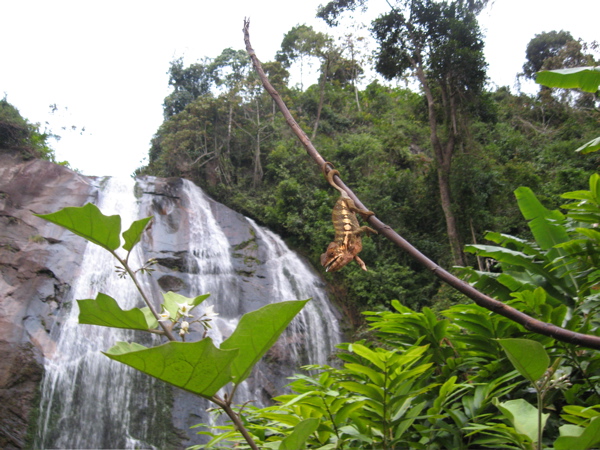The WWF is run at a local level by the following offices...
- WWF Global
- Adria
- Argentina
- Armenia
- AsiaPacific
- Australia
- Austria
- Azerbaijan
- Belgium
- Bhutan
- Bolivia
- Borneo
- Brazil
- Bulgaria
- Cambodia
- Cameroon
- Canada
- Caucasus
- Central African Republic
- Central America
- Central Asia
- Chile
- China
- Colombia
- Croatia
- Democratic Republic of the Congo
- Denmark
- Ecuador
- European Policy Office
- Finland
Our News
Effective management of the COMATSA protected area on the right track
The biodiversity of COMATSA or Corridor Forestier Marojejy - Anjanaharibe sud - Tsaratanana is effectively managed according to the results of the METT or Management Effectiveness Tracking Tool evaluation.
Protected areas are a central component of any national strategy on biodiversity conservation and the METT tool helps protected area managers to increase their effectiveness. It is a monitoring tool for measuring and tracking progress in protected area management effectiveness over time.
Each year, a participatory assessment is done for COMATSA, with input from governorates, regions, districts, communes, community organizations, as well as protected area managers such as WWF. "The management of the protected area requires the coordination of all, coming from all sectors, in order to combine development and conservation of natural resources," says Seheno Ramanantsoa, from the Protected Areas Renewable Natural Resources and Ecosystems Service (DAPRNE) at the Ministry of Environment and Sustainable Development.
On an evaluation form containing 30 questions, a score is assigned in consensus with all participants. The 2021 score assigned to the COMATSA protected area is 80.5% compared to 72.92% in 2020. In 2021, the restoration activities were numerous compared to 2020, i.e. 400 Ha of restoration of degraded landscapes carried out. In addition, we note a decrease in deforestation, which has gone from 4,148 Ha in 2020 to 2,455 Ha in 2021. A result that has enhanced the motivation of managers, but also an opportunity to show the role of each actor in the proper management of the protected area. These results prove to us that the protected and conserved areas work only if they are well managed effectively.
